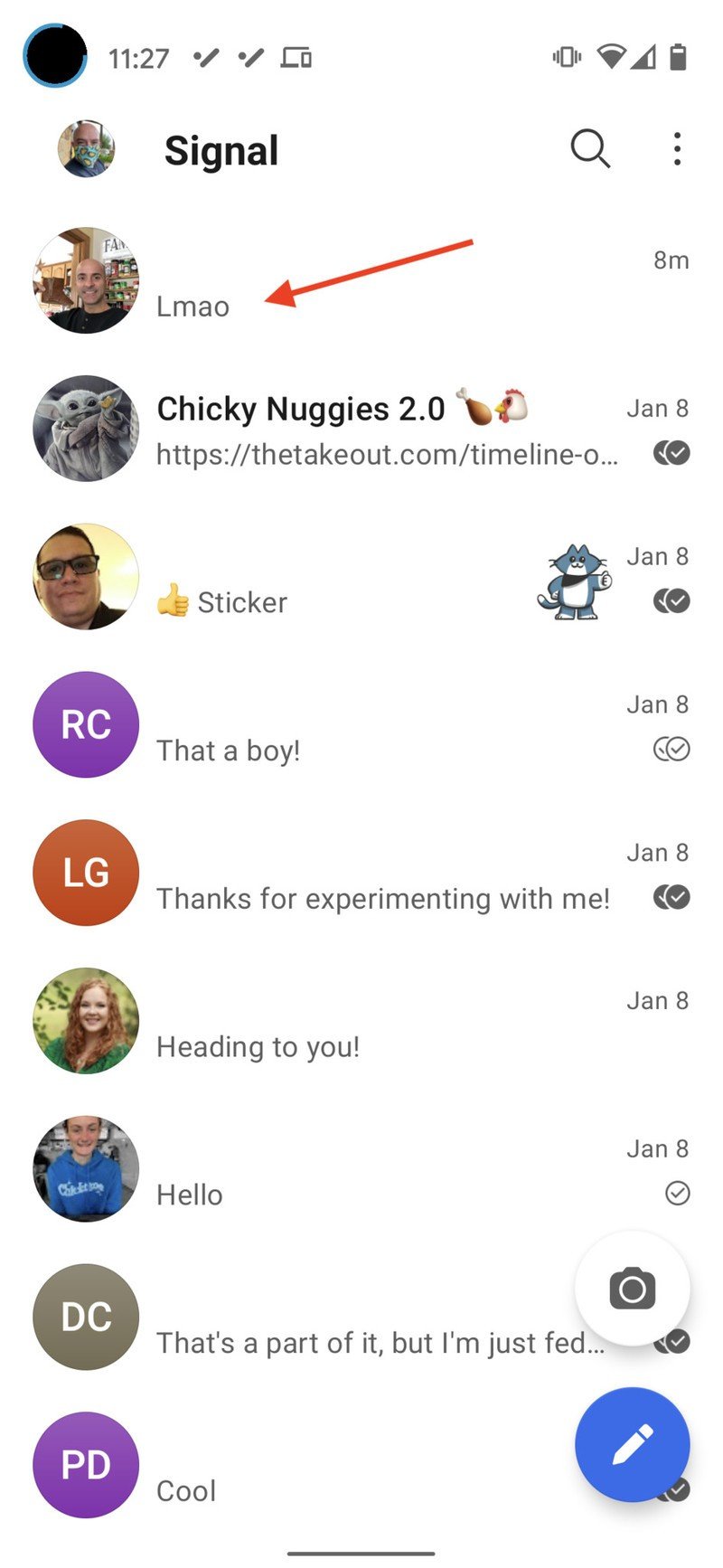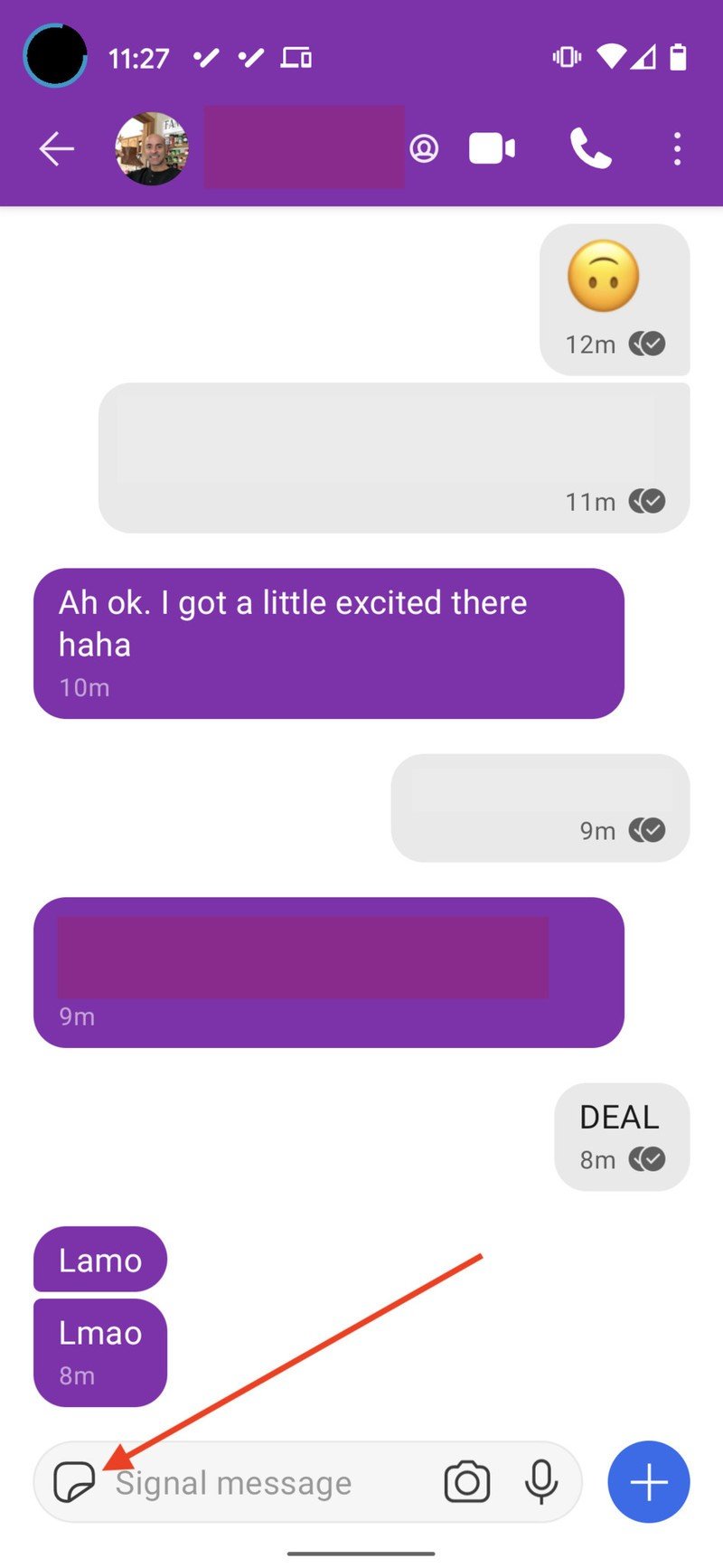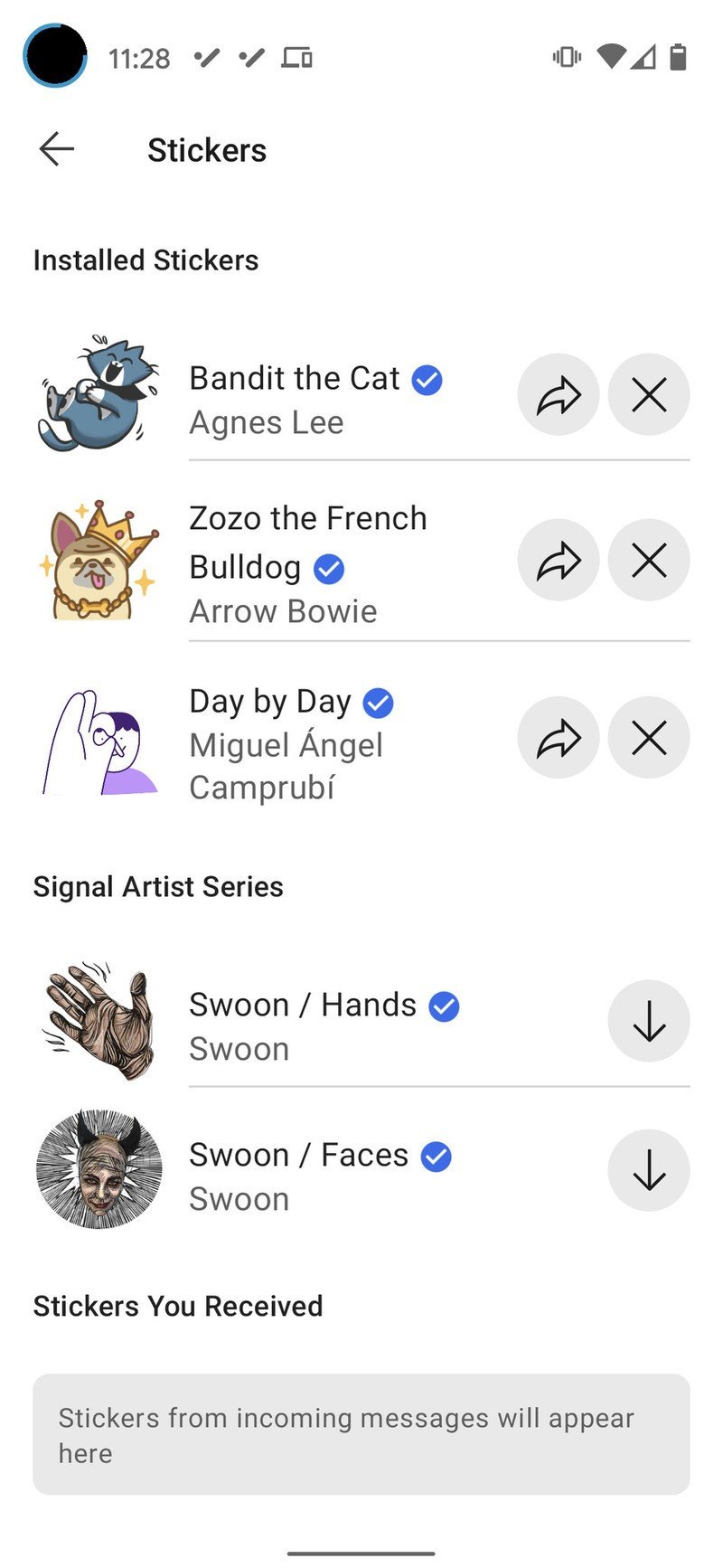A sticky story: How, and why, hackers love stickers on laptops
“My other computer is your computer”, “Sniff networks, not drugs”, “Hacking is not a crime”. Anybody who knows cyber security will have seen laptops adorned with such stickers and when you see one in the wild, you know you’re in the presence of a hacker.
As an accidental cyber security journalist, this reporter often uses the term “cyber community”, and as a social anthropology graduate I am fascinated by stories of human communities and ideas, and am motivated to write about hacking because I want to know why people do the things they do.
We can talk all we like about indicators of compromise and common vulnerabilities and exposures, but at its heart, the story of cyber is far more human than it is technological.
What is a community anyway?
What does this have to do with stickers? To answer this, it’s helpful to understand how stickers, and other forms of cyber swag such as t-shirts or socks, tie to concept of community.
Anthropologists have struggled to define community for as long as the discipline has existed. American anthropologist Robert Redfield proposed four fundamental elements of a community. First, they are small in scale; second, their members exhibit homogeneity in activity and state of mind; third, they are aware of their distinctiveness; and finally, they are self-sufficient and sustaining. Others went deeper; George Hillery, who specialised in observing Trappist religious communities, identified more than 90 distinct characteristics – many of them highly specific to a silent order of monks.
Broadly speaking, Redfield’s four tenets show that the idea of sticking together in a community is an evolutionary advantage in humans, whether armed with spears and facing a sabre-toothed tiger, or armed with Dells and facing a Cozy Bear.
And for a group of humans who enjoy breaking things that other humans don’t want broken, it is easy to see how and why hackers stick together.
As BugCrowd founder and CEO Casey Ellis explains, being beyond the law was a fact of life for early hacking groups such as Cult of the Dead Cow, which pioneered hacker branding in the 1980s, and disseminated ideas and content that educated a generation of hackers,…







